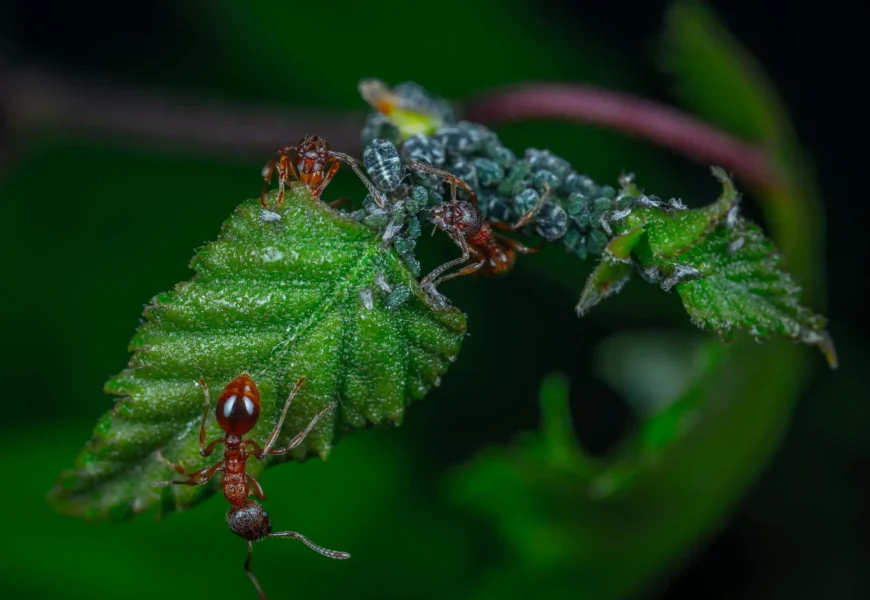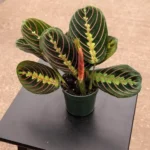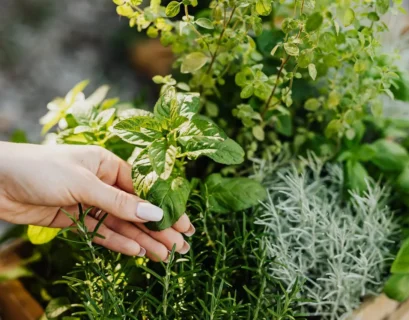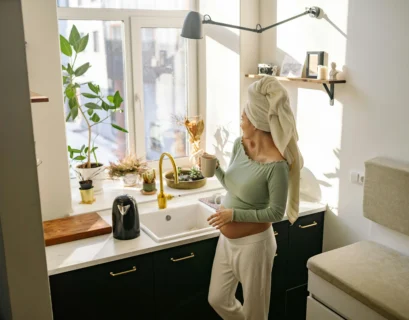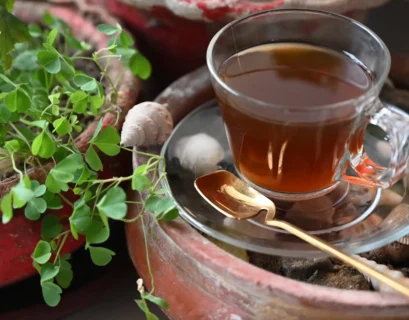Ah, houseplants! They bring life, color, and even a touch of the wild indoors. But, like any living things, they can face their fair share of problems, especially pesky critters. One common foe is the aphids on houseplants, a tiny, soft-bodied insect that can cause significant damage to your precious plants.
In this article, we’ll explore the world of aphids, understand the damage they can inflict, and delve into both natural and chemical methods for controlling these unwelcome guests. We’ll also discuss prevention strategies to ensure your houseplants thrive and remain aphid-free.
Ready to become an aphid warrior? Let’s dive in!
Table of Contents
1. Identifying and Recognizing Aphids on Houseplants
Let’s start by getting to know our enemy – the aphid. These minuscule insects, often referred to as “plant lice,” come in various colors, including green, black, brown, and even pink. They can be difficult to spot with the naked eye, often hiding on the undersides of leaves or in the crevices of stems.
Aphids are sap-sucking insects. Imagine them as tiny, voracious vampires, draining the lifeblood from your plants. They pierce the plant’s tissues, feeding on the sap. This act of siphoning sap weakens the plant and can even lead to its demise.
Here are some key signs of an aphid infestation:
- Curled or discolored leaves: Aphids inject a toxic substance into the plant, causing leaves to curl, yellow, or even wilt.
- Sticky residue: Aphids excrete a sugary substance known as “honeydew,” which can leave a sticky residue on your plants and surrounding surfaces. This sticky substance can also attract other pests, like ants, which can further complicate the situation.
- Sooty mold: The honeydew residue can create a perfect environment for sooty mold, a black fungus that can grow on the leaves and stems, hindering photosynthesis and affecting the plant’s health.
- Distorted growth: Aphids can also cause stunted growth, deformed leaves, and even the formation of galls, which are abnormal growths on the plant.
If you suspect your houseplant has an aphid infestation, carefully examine the leaves and stems for signs of these pests. You may also notice tiny, pear-shaped insects or even a small, fluffy white “fluff” around the plant, which are actually aphid colonies.
Need a refresher on how to clean houseplant leaves? Check out our guide here
Remember, early detection is key! The sooner you identify an aphid infestation, the better your chances of eradicating it before it causes significant damage to your plants.
2. Understanding The Impact of Aphid on Houseplants
So, you’ve spotted those tiny, pear-shaped insects crawling around your beloved houseplant. Those are aphids, and they’re not just unwelcome guests – they’re a real threat to your plant’s health. These tiny sap-suckers can cause a whole host of problems if left unchecked.
- Stunted Growth: Aphids feed on the plant’s sap, which is essential for growth and development. As a result, your houseplant might become stunted, with leaves that are smaller and less vibrant than they should be.
- Yellowing and Curling Leaves: Aphids feeding on the sap can also cause yellowing and curling of leaves. This is because they are depleting the plant’s essential nutrients, leading to discoloration and deformation.
- Sticky Honeydew: Aphids produce a sticky substance called honeydew as they feed. This honeydew can coat the leaves, making them susceptible to fungal growth and attracting other pests, like sooty mold.
- Plant Weakness: In severe cases, a massive aphid infestation can significantly weaken the plant, leaving it vulnerable to diseases and other pests.
Remember, a healthy plant is better equipped to resist pests. It’s important to give your houseplants the best possible care. This includes providing them with adequate light, water, and nutrients. You can learn more about keeping your plants healthy and strong on my blog! Here is a great article about how houseplants can benefit you.
3. Natural Defences: DIY Solutions for Aphid Control
Before reaching for harsh chemicals, there are a number of natural methods you can try to combat aphids on your houseplants. These methods are often gentler on your plants and the environment, and they’re a great way to tackle a small infestation before it gets out of hand.
The Power of Water
A simple and effective way to control aphids is by using a strong jet of water. Direct the water from your hose or watering can onto the infested leaves, knocking the aphids off the plant. Repeat this process every few days to dislodge any remaining aphids. This technique works best on larger plants, but can be effective on smaller ones as well.
The Sticky Trap Solution
Another simple DIY solution is to use sticky traps. These traps can be made from yellow index cards coated with petroleum jelly or purchased commercially. Aphids are attracted to the yellow color and become stuck to the sticky surface. This method is particularly useful for monitoring the presence of aphids and keeping the infestation in check.
The Soapy Solution
For a more direct attack on the aphids, you can use a soapy solution. Mix a few drops of mild dish soap with water in a spray bottle. This solution will suffocate the aphids, effectively controlling the infestation. Be sure to test the soapy solution on a small, inconspicuous area of your plant first to ensure it doesn’t damage the foliage.
The Friendly Neighbor Approach
Sometimes, inviting other creatures to your garden can help control aphid populations. Ladybugs, lacewings, and parasitic wasps are known to feed on aphids. Banish Those Pesky Gnats: Your Guide to Gnat-Free Houseplants You can attract these beneficial insects by planting flowers that attract them, such as yarrow, dill, and marigolds. They’ll naturally help keep your plants aphid-free.
The Garlic and Onion Power
Garlic and onions have strong, pungent scents that aphids dislike. Crush some garlic cloves or onions and add them to water. Let the mixture steep for a few hours, then strain it and use it to spray your affected houseplants. You can also use commercially available garlic and onion sprays designed for aphid control.
The Neem Oil Solution
Neem oil is a natural insecticide extracted from the neem tree. It’s effective against aphids, as it disrupts their growth and reproductive cycle. Dilute neem oil with water according to the instructions on the product label and spray your plants. Neem oil is also effective against other common houseplant pests.
Remember to always research and follow the instructions on any product labels, especially for commercially available solutions. And while these natural methods are generally safe, always use them with caution and test a small area first. By using these safe and effective solutions, you can keep your beloved houseplants thriving, even in the face of an aphid attack.
4. Chemical Warfare: When to Use Insecticides
While we champion natural solutions whenever possible, sometimes a more aggressive approach is necessary to combat a severe aphid infestation. If your houseplants are heavily infested and the DIY methods haven’t been effective, it might be time to turn to chemical insecticides.
Before you rush to the store, here’s what you need to know:
- Choose Carefully: There are many different types of insecticides available, but not all are suitable for indoor use. Some can be toxic to pets and children, while others can be harmful to your plants. Read the label carefully to ensure the insecticide is safe for your houseplants and home environment.
- Target Specificity: Opt for insecticides that specifically target aphids. This will minimize the risk of harming beneficial insects like ladybugs, which are natural predators of aphids.
- Application is Key: Always follow the instructions on the product label carefully. Apply the insecticide in a well-ventilated area and wear protective gear like gloves and a mask. Avoid spraying directly on the leaves, as this can damage the plant. Instead, target the base of the plant and the soil.
- Patience and Persistence: Insecticides are most effective when used consistently. It may take several applications to eliminate the aphids completely.
A Word of Caution: Insecticides should be considered a last resort. Always prioritize natural solutions whenever possible. Remember, a healthy and vibrant plant is better equipped to fight off pests naturally.
For more insights on boosting your plant’s well-being and creating a pest-resistant environment, check out our article on The Green Thumb Guide: 5 Ways Houseplants Boost Your Well-Being.
5. Prevention is Key: Avoiding Future Infestations of Aphids on Houseplants
Now that you’ve successfully tackled the aphid invasion, let’s talk about how to keep those pesky bugs from returning! Prevention is the best defense against any pest problem, including aphids.
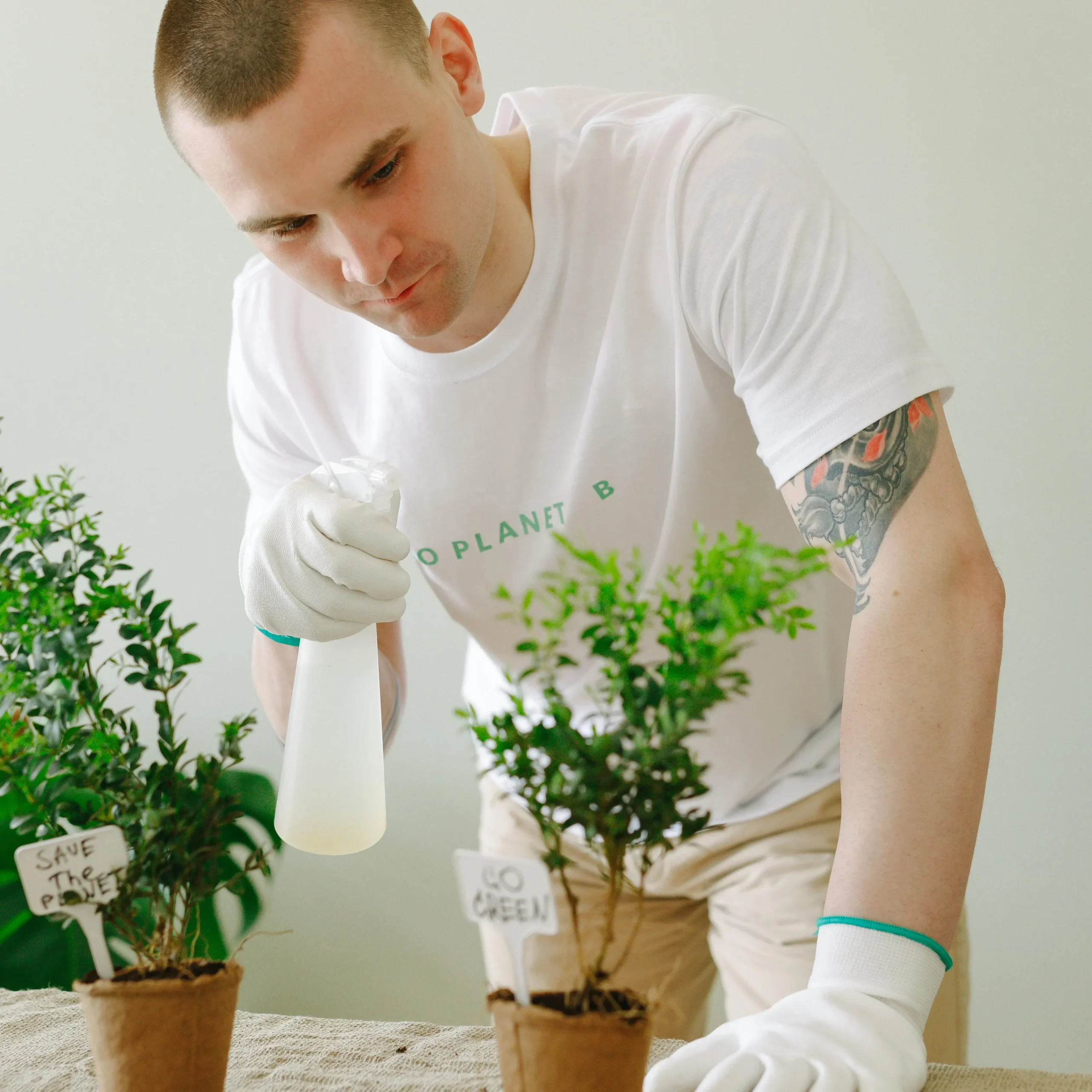
Here’s how to make your houseplants a less appealing home for aphids:
- Keep it Clean: Regularly wiping down leaves with a damp cloth can help remove dust and sticky residues that can attract aphids. This simple cleaning routine can help prevent aphids from finding a comfortable place to settle.
- Inspect Regularly: Checking your plants for aphids on a regular basis is crucial. Early detection is key for preventing a full-blown infestation. Pay close attention to new growth, as aphids are particularly drawn to tender leaves.
- Quarantine New Plants: Always quarantine new plants for a few weeks before introducing them to your existing collection. This will help prevent any potential pests, including aphids, from spreading to your established plants.
- Maintain Strong Plants: Healthy plants are more resistant to pests like aphids. Provide your plants with the right amount of light, water, and nutrients to keep them thriving. You can learn more about how to choose the right houseplants for your home and lifestyle in our article on Top Light Plants for Busy Homes.
- Natural Repellents: Certain plants naturally repel insects, including aphids. Consider adding these natural deterrents to your home garden or potting arrangements. For example, plants like garlic, chives, and lavender have been known to ward off pesky aphids.
- Beneficial Insects: Introduce beneficial insects like ladybugs or lacewings to your garden or indoor spaces. These natural predators will help keep aphid populations in check.
Conclusion
Dealing with aphids on your houseplants can be a frustrating experience, but with a little knowledge and the right techniques, you can successfully combat these pesky bugs and keep your plant babies happy and healthy. By identifying the signs of infestation, utilizing natural remedies, and implementing preventive measures, you can enjoy the beauty and benefits of houseplants without the stress of aphid invasions. Remember, early detection and consistent care are key to a pest-free plant collection.
Now, go forth and conquer those aphids! And, if you’re looking for more tips on caring for your houseplants, check out some of our other articles on The Green Thumb Guide.

